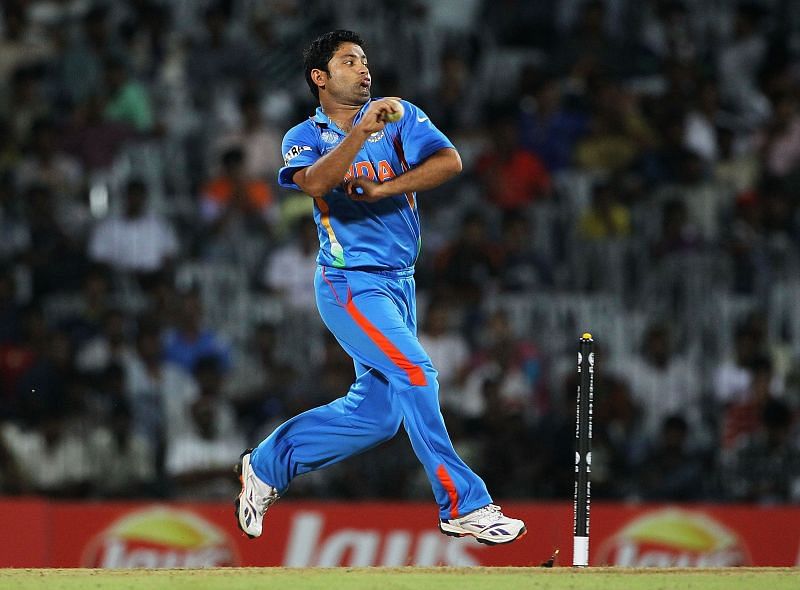
Five of the luckiest players to have won a World Cup medal
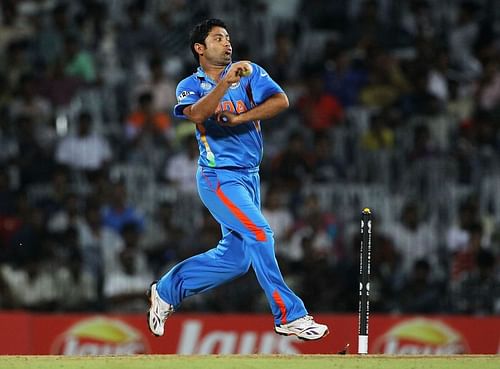
The biggest dream for any cricket player is to win a World Cup. Scoring centuries and hitting match-winning innings are now commonplace, but winning a World Cup trophy – that’s not so easy. A World Cup championship is equal to a hot cauldron as cricketers from nations around the world fight it out for a month and a half to get their hands on the game’s most prestigious trophy.
Only the best of cricketers can hope to get past all the obstacles in their way and finally reach the summit. There is a whole host of greats who have never won a World Cup, the likes of Rahul Dravid, Sourav Ganguly, Stephen Fleming, and Jacques Kallis come to mind. One single bad day can easily turn the tables on a world cup dream, and these players are living proof.
But when there are cricketers who played their hearts out and still ended up without a world cup, the opposite also exists. In the 40 years of the cricket World Cup, several players have done virtually nothing in the championship and still ended up with a World Cup medal. Here, we focus on some of the most fortunate players ever. Players who did the least work and still managed to obtain a lucky World Cup medal. Let’s look at five of them:
5. Zahid Fazal - 1992 World Cup
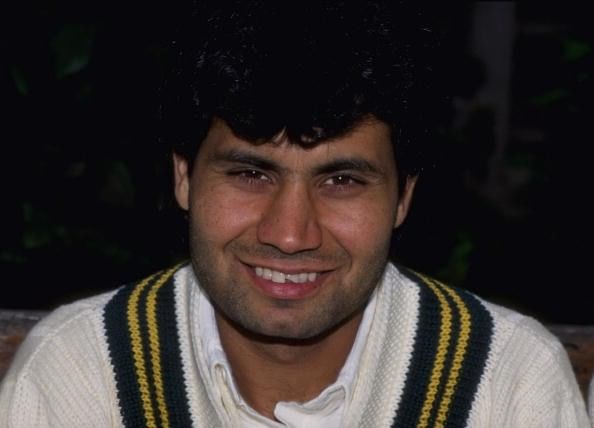
After scoring a half-century on first-class debut, Zahid Fazal was given his first international cap for Pakistan in 1990. Though he did not impress outright, he was still given a chance in the middle as Pakistan looked to strengthen their side for the upcoming World Cup.
Joining Inzamam-ul-Haq, Javed Miandad, and Saleem Malik, Fazal was playing with the best. Coming into the World Cup, Pakistan started badly by losing to West Indies by ten wickets. Though they won against Zimbabwe, they capitulated to 74 against England.
A change was needed in the middle, and Fazal was called up. He made his debut in the all-important match – against India. Chasing a moderate target of 216, Pakistan lost their first wicket at eight runs. As Fazal walked in, he could have played the innings that could have changed his life forever. But a painful 14 balls later, he was out for just 2. Pakistan were 17-2 and went on to lose the match.
He was still given a second chance against South Africa. Chasing 211, Fazal was sent out to open the innings. It wasn’t a particularly stiff target, and he could have taken his time. But he took a little too much time, and got out for 11, having faced 41 balls.
The selectors got the message, and he didn’t play another game in the tournament. Pakistan went on to win it in an epic against England, and Fazal got his World Cup medal after scoring 15 runs in two innings, the fourth lowest for Pakistan.
4. Brad Haddin - 2007 World Cup
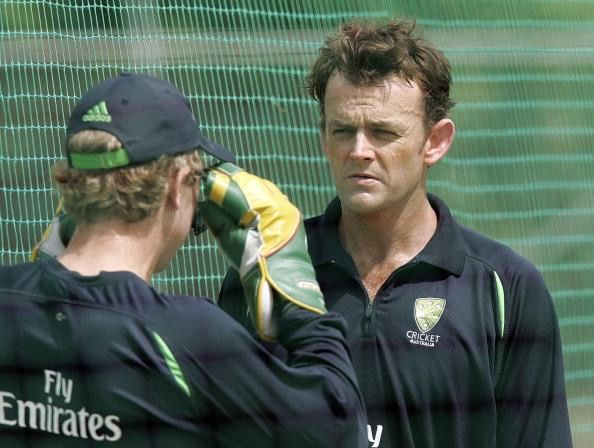
Between 1999 and 2007, a host of wicket-keepers failed to get a good chance to play for Australia, and the root cause was one man – Adam Gilchrist. Perhaps the best wicketkeeper-batsman to play for Australia, Gilchrist was a bowler’s worst nightmare. On his day, even the good balls landed 20 rows back as Gilchrist played like a man possessed. He could drive ferociously through the offside and still swivel and pull elegantly through the onside.
He was virtually unstoppable when he got going, and added to his great talent was his superb fitness as he rarely ever missed a match. This assured that Australia wouldn’t be changing wicket-keepers too often, and this kept a lot of them in the dugout.
One such ‘keeper was Brad Haddin. Haddin had impressed everyone with his big-hitting in the domestic squad, and he was certain to be the ‘keeper after Gilchrist. Picked up in the 2007 World Cup just for backup, Haddin would have hoped to play a single game as a pure batsman at least.
But with Ricky Ponting, Michael Clarke, Andrew Symonds and Shane Watson in the middle-order, Haddin had no chance of making it in. Joining Mitchell Johnson – another player who didn’t play a single match – he spent most of his time carrying the drinks around.
Though Gilchrist didn’t have the best of World Cups, he made the most of it in the final, smacking a brilliant 149. Haddin’s World Cup was over, and he got a World Cup medal earned by spending almost zero time in the middle.
But Haddin got his opportunity in the next two World Cups – scoring 332 runs in the 2011 edition and 126 in the 2015 edition, winning in the latter. While Haddin retired with two World Cup medals to his name, he would have loved to have played a bigger role in 2007.
3. Piyush Chawla - 2007 World T20 and 2011 World Cup
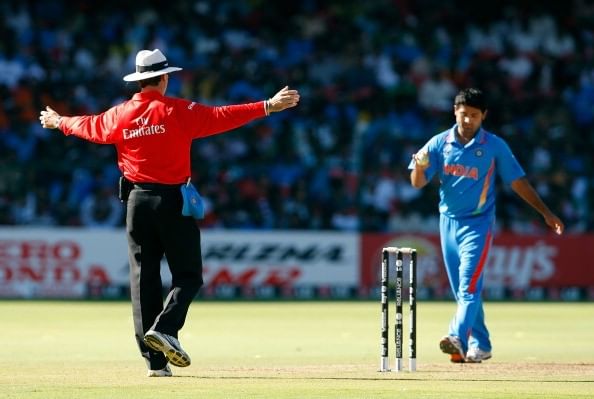
Getting one World Cup medal without doing much can be called lucky. But getting two? That’s just plain blessed. Piyush Chawla must have thanked the lucky star he was born under when he managed to win two World Cups by sitting in the dugouts for most of the time. In 2007, after India’s disastrous World Cup campaign, the team management decided to send a younger team to the inaugural ICC World T20 in South Africa.
Of course, there were experienced players also – Virender Sehwag, Harbhajan Singh and Ajit Agarkar for example. Under the captaincy of MS Dhoni, India was out to prove a point. To cope with the quick pitches of South Africa, India already had five seamers. But they still needed a second spinner, in the case that Harbhajan, their lead spinner, was out with an injury.
In came Piyush Chawla, who had earlier impressed in the tour of England. But Chawla sat out the entire tournament, with Harbhajan playing every match. In the end, India won the tournament, and Chawla got his medal.
In 2011, Chawla was again picked as an extra spinner with Ravichandran Ashwin acting as the backup. He played three matches in the World Cup and leaked runs at 6.21 per over. Especially, in the match against England, he gave two sixes in the 49th over to Tim Bresnan, and England tied the game.
Chawla was promptly dropped and did not participate after that. When India needed a second spinner late in the tournament, Ashwin was picked ahead of him. Once again, the Indian team won the World Cup, and Piyush Chawla got his second lucky World Cup medal.
2. Ravindra Pushpakumara - 1996 World Cup
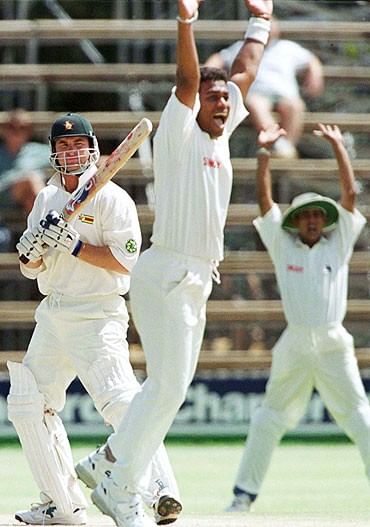
After good performances in the U-19 team, Ravindra Pushpakumara made his debut for Sri Lanka in 1994-95. With his good build and raw pace, he was the ideal partner for Chaminda Vaas. He was the bowler Sri Lanka was looking for as they prepared for the World Cup in 1996 to be played in the subcontinent. As Sri Lanka already had good spinners and a swing bowler, they needed someone with pace, and Pushpakumara was the man.
He wasn’t immediately picked though, and Sri Lanka racked up the victories, thanks to a couple of walkovers. In the middle of the tournament, Sri Lanka decided to change things up and Pushpakumara got the nod.
Against India, Pushpakumara got hit all over the place. As India made 271 on the board, he had bowling figures of 1-53 in 8 overs. As Sri Lanka eventually chased it down, nothing more was said. He was given another chance, this time against Kenya, a relatively weaker opponent.
Against Kenya, it was Sri Lanka’s turn to smack the leather around as they racked up 398-5, the then-highest World Cup score. Against Kenya who would also be looking to go big, Pushpakumara had the best opportunity to pick quick wickets. But he failed once again, as he went for 0-46 in 7 overs, easily Sri Lanka’s worst in the night.
Again, Sri Lanka won the match, but Pushpakumara was recognized as dangerous in the long run. He didn’t play another game, and only appeared to receive his World Cup medal. He had figures of 1-99 in 15 overs, which was extremely expensive in those times. His economy rate of 6.60 was Sri Lanka’s worst in the tournament.
1. Shanthakumaran Sreesanth - 2011 World Cup
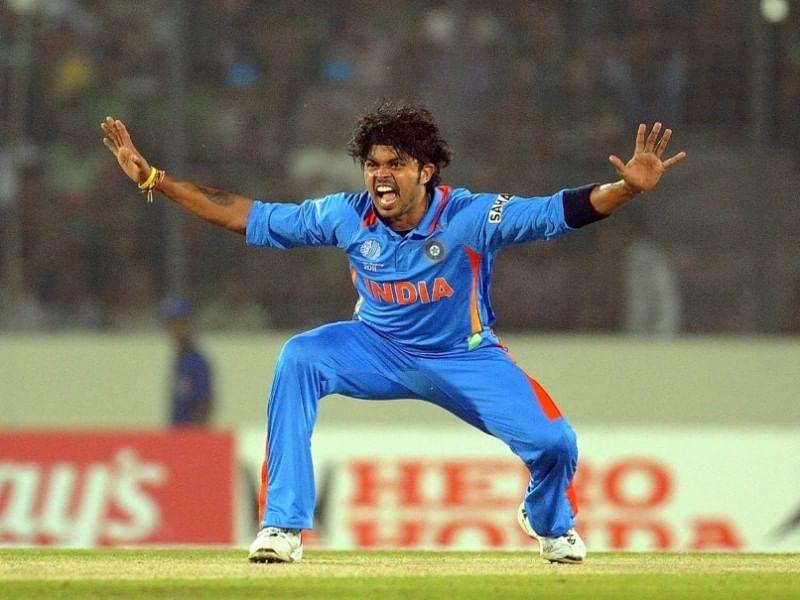
Sreesanth was an enigma for most of his cricketing career. He could produce breathtaking displays of bowling – like in Jo’burg in 2006 or that vicious spell to Jacques Kallis in 2010. But on other days, he was loose and inconsistent, giving easy runs and being over-aggressive. He could swing the ball well and had a perfect seam position, but he was still not considered a top-notch bowler.
His performance in the 2007 ICC World T20 was much like his career – a matter of extremes. He gave away two crucial boundaries in the last over against Pakistan in the group game but managed to tie it.
He bowled superbly against Australia in the semi-final, getting 2-12. Again in the final, he was expensive, returning with figures of 1-44, almost losing India the match. He was average throughout the tournament, but he still deserved his medal mainly because he took the final catch that got India the cup. It was a different case during the 2011 World Cup.
After an unfortunate injury to Praveen Kumar, Sreesanth replaced him in the central team for the 2011 World Cup. Unlike the 2007 ICC World T20, this World Cup only showed one side of Sreesanth – the bad one.
He started with figures of 0-53 against Bangladesh – in five overs. It included one over which saw five boundaries being hit. He then gave another 52 runs against Sri Lank in the final, in just eight overs. He had bowled 13 overs giving 105 runs in the tournament, taking no wickets.
Suffice to say, he never played in the World Cup again, but still received his medal thanks to India winning the final. Any hopes of playing another World Cup were dashed as he was banned for life after being found guilty in a spot-fixing scandal. Though his charges have been dropped, the future still looks bleak for him.